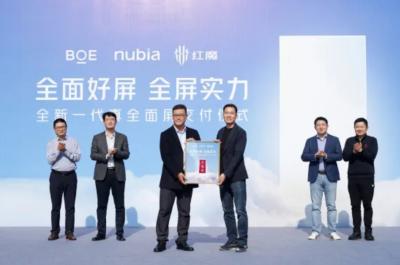Japan Display, Innolux and CarUX to bring eLEAP automotive displays to market
Japan Display announced a new strategic partnership with Taiwan-based Innolux and CarUX (Innolux's automotive display company) to bring eLEAP OLED displays to the automotive market.
The three companies did not disclose a lot of details, but it seems as in this partnership JDI will produce the eLEAP OLED displays while CarUX will market and sell these displays to its automotive customers. The first display that JDI will produce will be a 32" 1,000 nits 6460x880 (205 PPI) AMOLED display on an HMO (high-mobility oxide) backplane.












